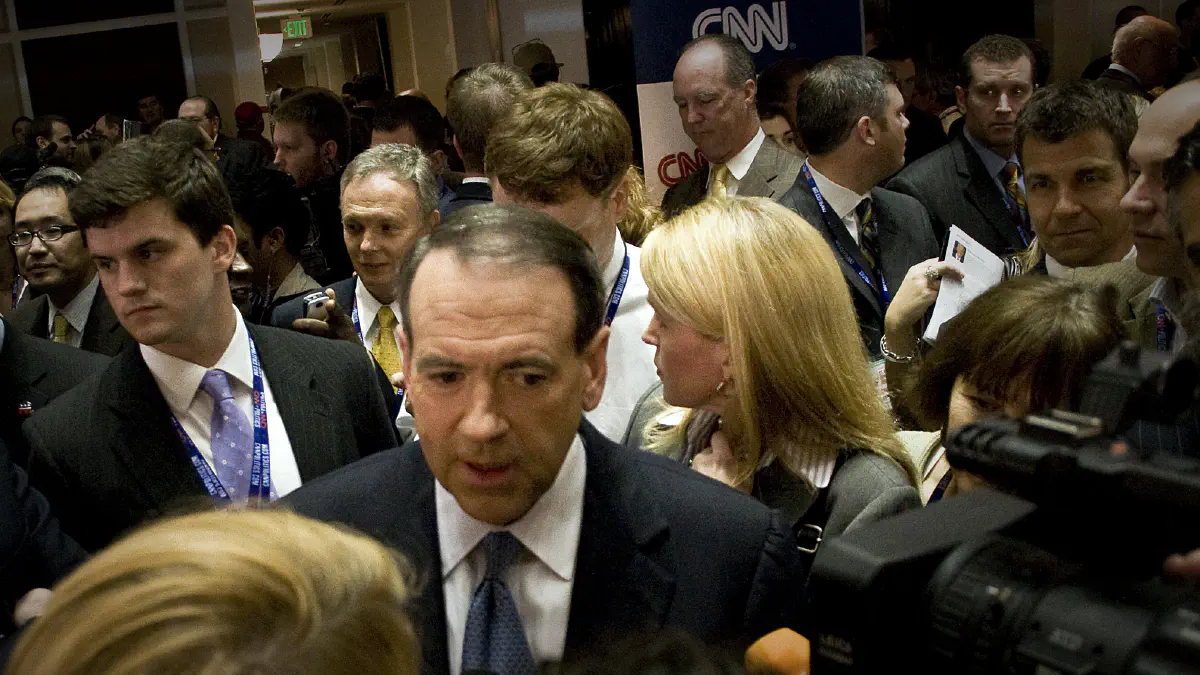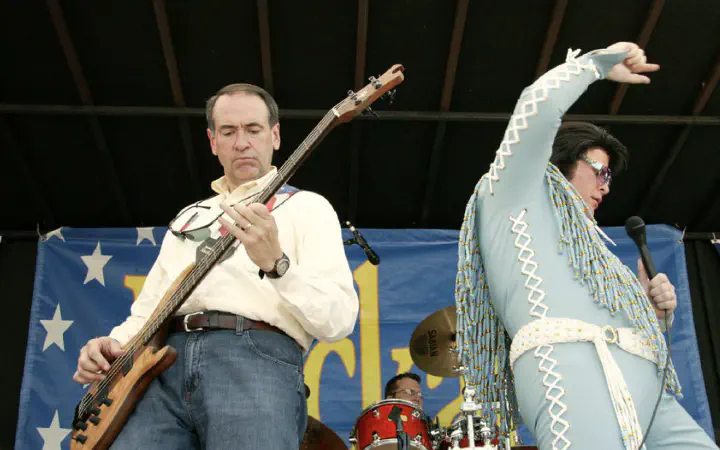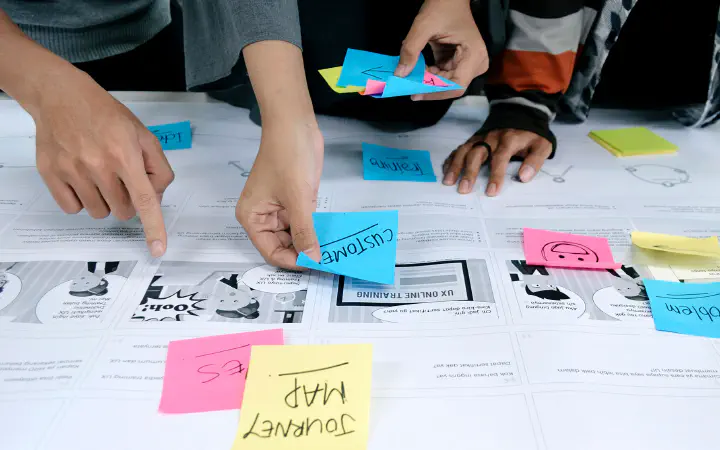Agile Insights From the Huckabee Campaign
User-Centric Design in a High-Stakes Environment

In the world of political campaigns, things move fast. Really fast. The team behind Mike Huckabee’s campaign website knew this all too well. We had to be nimble, ready to pivot at a moment’s notice. Why? Because in politics, change is the only constant.
Agile wasn’t just a buzzword for us—it was our lifeline. We had to turn on a dime. Sometimes it was an event on the ground that forced us to change course. Other times, user feedback or breaking news pushed us to innovate on the fly. Our development and design framework was built for one thing: speed and agility.
The Power of Iterative Development: Responding to User Needs
We built our process on quick, feature-focused cycles. Here’s what that looked like:
- Daily morning huddles to set priorities
- Multiple deployments throughout the day (yes, you read that right)
- Instant incorporation of user feedback
- Short, laser-focused development sprints
Why did we choose this approach? Simple. We wanted to test our ideas with real users, fast. So we deployed features as quickly as we could build them—often several times a day. We knew that quick feedback would guide each iteration and keep us from wandering down unproductive paths.
With the clock always ticking, we made sure every release counted. Real-time feedback was our North Star. This user-focused approach paid off, leading to widespread adoption of our platform. And being a small team meant we had to zero in on one feature at a time.
Technological Infrastructure: Our Digital Toolkit
To keep up with our breakneck pace, we leveraged some cutting-edge tools:
- Git for version control (a game-changer for us)
- A database-backed CMS that could keep up
- Advanced design automation and prototyping tools
- An ever-evolving design system
These weren’t just fancy toys—they were the glue that held our collaborative efforts together, helping us maintain quality even as we raced against time.
Navigating Challenges: It Wasn’t All Smooth Sailing
Let’s be real—our rapid-fire approach came with its share of hurdles:
- Bringing new developers up to speed in a blink
- Keeping everyone’s databases in sync (a constant battle)
- Managing the relentless pace without burning out
Our team’s bedrock of trust and open communication was our secret weapon.
But here’s the thing: our team’s bedrock of trust and open communication was our secret weapon. When things went sideways (and they did), our tight-knit crew pulled together to set it right, fast.
Instant messaging was our lifeline, with frantic calls for help flying back and forth when crises hit. But that high level of trust meant we could resolve issues in record time.

Impact: Building Trust, One Feature at a Time
Our laser focus on users paid off big time:
- New features were snapped up as soon as they launched
- Issues were squashed almost as quickly as they appeared
- User trust skyrocketed—they knew we had their backs
- We cultivated a core group of super-engaged supporters
By building with users “in our ear,” we created features we knew they’d love. And they did. Our rapid-fire feature releases and fixes built a mountain of trust. Users knew we were listening and ready to act.
One of our best moves was creating a campaign working group with our top supporters. They helped evaluate and improve the site, which not only gave us priceless insights but also turned them into our most vocal online advocates.
Lessons Learned: Speed, Empathy, and the Power of Design
While Governor Huckabee didn’t clinch the nomination, our web strategy proved the power of user-centric, rapid-response development in the political arena.
This experience drove home some crucial lessons:
- Speed is king when you’re trying to seize a moment in time.
- A robust design system can be a game-changer for scaling and moving fast.
- Never underestimate the impact of small design decisions on real users.
- Empathy for your users should be at the heart of every design choice.
By keeping our ears to the ground and our fingers on the pulse of user needs, we created a digital presence that truly made a difference.
In the end, it all comes down to this: in the fast-paced world of political campaigns, an agile, user-focused approach isn’t just nice to have—it’s essential. By keeping our ears to the ground and our fingers on the pulse of user needs, we created a digital presence that truly made a difference.
I took this photo at the CNN YouTube debates in St. Petersburg, FL
Mini-series





